
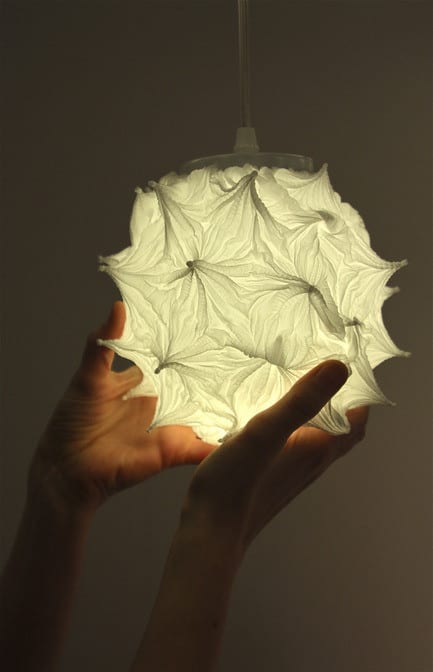
Suzusan Luminaires
Suzusan
Modern Design in Japanese Craftsmanship
Dusseldorf, Germany, 2012-05-27 –
Suzusan stands for a successful combination of historical tradition and modern design. The roots of the Düsseldorf label lie in Japanese Arimatsu, where the Murase family has been hand-adorning fabrics using a traditional and extremely complex technique for over 100 years, in the 4th generation. Hiroyuki Murase (28), the oldest son of the family, came to Europe in 2002, where he studied sculpture at the Düsseldorf Art Academy since 2004.
Only from afar did the son discover the uniqueness and specialness of his father’s work. He began to design scarves and stoles using fabrics hand-adorned by his family in Japan. He now applies these fabric creations, previously exclusively used for traditional Japanese clothes, in modern contexts. The results are the current lines “Suzusan Accessories” and “Suzusan Luminaires”.
Shibori – “Wring, press, and twist” as Japanese textile finishing technique
Shibori is a centuries-old traditional Japanese textile finishing technique. The Japanese word designates the treatment of fabrics prior to dyeing, and now also applies to the various forms of reserve-dyed fabrics. In the reserve dyeing method, certain parts of textile surface are folded in a special way, tied off, or taken in. Through these well thought-out manipulations of the carrier material, fluid colour transitions as well as three-dimensional patterns, structures, and colour contrasts are produced when dyeing raw fabrics.
New methods have also been integrated into the technique in the past decades. For instance, polyester fabrics treated with the Shibori technique and heated under steam create a permanent three-dimensional surface structure.
Originally the Shibori technique was applied to silk and wool fabrics as well as plant fibres such as cotton and flax. In the course of the last few decades, Japanese craftsmen have started to also treat chemically-produced fibres such as polyester, as well as leather and metals.
Indigo is one of the most frequently used traditional plant dyes. It can be used to produce highly nuanced colours ranging from very light and bright to dark blue-black tones. Today, synthetically produced colour pigments are also used to expand the colour scale.
Over the centuries, a variety of different techniques were developed in Arimatsu, which quite often only differed in slight nuances from another. Since no two craftsmen reserve the same material in the same fashion, the products always feature the respective artisan’s “signature”. This way a multitude of textile designs with highly individualised characteristics is created within a time-honoured traditional framework, fascinating time and again through their high quality.
Suzusan Luminaires – Light clothed in haute couture
Staging the hand-adorned three-dimensionally structured fabrics as light objects was the original idea. From there, Hiroyuki Murase developed the luminaire series Suzusan Luminaires, whose tailor-made “Suzusan Coats” give the luminaires an entire new dimension. Not only the coats, but also all the other components are the result of exquisite handmade craftsmanship, making every single Suzusan Luminaire a unique piece and allowing great flexibility in accommodating special wishes. Suzusan Accessories – Textile treasures
Three-dimensional patterns, the play in contrasts and softly flowing colour changes characterise the hand-adorned Shibori fabrics. Hiroyuki Murase transfers these features to a modern context without losing sight of the cultural roots. By combining different techniques and using the finest materials made of wool, silk, velvet, and cashmere, he creates small textile objects of art:
exclusive and fully individual scarves, each and every one of them unique, since made entirely by hand. Trade
The Suzusan Accessories and Suzusan Luminaires lines are offered for sale in about 60 selected specialty stores in Germany, Holland, Belgium, Luxembourg, Switzerland, Austria, and Italy, listed by the shopfinder at www.suzusan-shibori.com. Hiroyuki Murase – designer and company founder
Hiroyuki Murase grew up in Arimatsu (between Kyoto and Tokyo) in a family which hand-adorned fabrics using Shibori, the traditional Japanese dyeing technique, for over a century. His father, Master Hiroshi Murase, truly lives and breathes Shibori, so that the entire Murase house is practically a workshop.
Hiroyuki Murase sets out for Europe in 2002 and in 2003 becomes an art student at the Surrey Institute Art & Design College near London. He visits Düsseldorf for the first time, on the look-out for fresh inspiration, sensing a boom-time excitement in Germany. Beforehand, he had taken a backpack tour through Europe and landed in Berlin. The city’s imperfections cast a spell on him. He enjoys the mixture of old and new elements, how modern buildings grow over and around historical sites, how moods overlap each other, and how change is felt as a continual process.
Although the Japanese Murase then hardly speaks a word of German, he is taken by the country and the lively art scene. Without much ado, he decides to extend his holiday and make a longer stay in Düsseldorf. His application to the Düsseldorf Art Academy is accepted, and Murase commences to study sculpture under Professor Hubert Kiecol.
While establishing stronger roots in Germany, at the same time Murase’s attention turns to the unusual work his father is doing back in Arimatsu/Nagoya. A way of coping with homesickness, as he himself admits. From now on he promotes the work of his father, who regularly comes to exhibitions in Europe.
He shares a flat with Christian Dietsch for four years in Düsseldorf, and both of them nurture the idea of making more out of the work of Murase’s father than just occasionally showing the pieces at exhibitions. Hiroyuki Murase now begins to develop his own Shibori ideas, and creates the first scarf collection which his father then implements.
Christian Dietsch, then in the end phase of his economy studies, concentrates on the trade and marketing aspects and writes his thesis with the title “Brand Building in the Textile Trade, Using the Example of the Japanese Company Suzusan”. The paper serves as basic concept and theoretical framework for the two men’s future work. After Dietsch earns his degree, they begin as an independent firm in April 2008, with Murase in charge of product design and development, and Dietsch for marketing and finances.
With the opening of the “Suzusan Shibori” in Düsseldorf, Hiroyuki Murase has now ushered in the 5th generation of his family’s Shibori tradition. From Suzusan in Düsseldorf, he works long-distance with his father developing new designs for the various Suzusan lines, which are then manufactured in Japan in the traditional handcrafted way. As of October, Hiroyuki Murase provides interested students some insights on his expertise with a lecturing assignment at Pforzheim University.
The passionate musician prefers to devote his remaining free time to performances with his avantgarde electronic duo “Tasogare World”. Not the least his greatly improved knowledge of German confirms that the cosmopolitan Murase has settled in well in Düsseldorf.
– 30 –
-
Suzusan
- Christian Dietsch
- [email protected]
- 49 (0)211 / 3021053 20
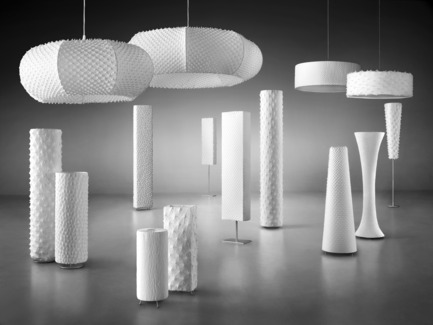
Stephan Bayer
~
14 MB
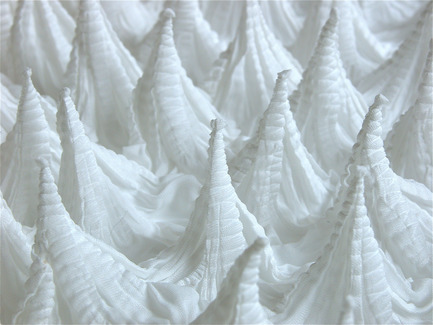
Stephan Bayer
~
6.1 MB
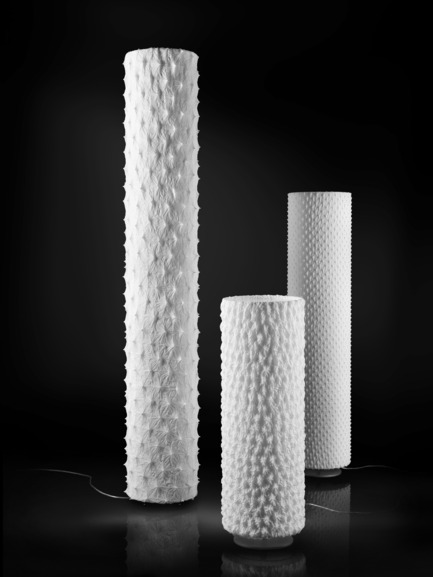
Stephan Bayer
~
8.9 MB

Stephan Bayer
~
11 MB
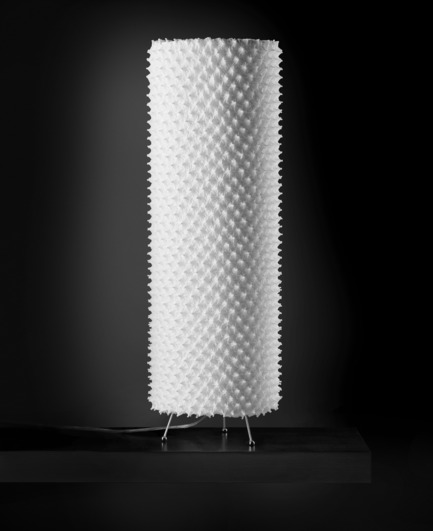
Stephan Bayer
~
9.5 MB
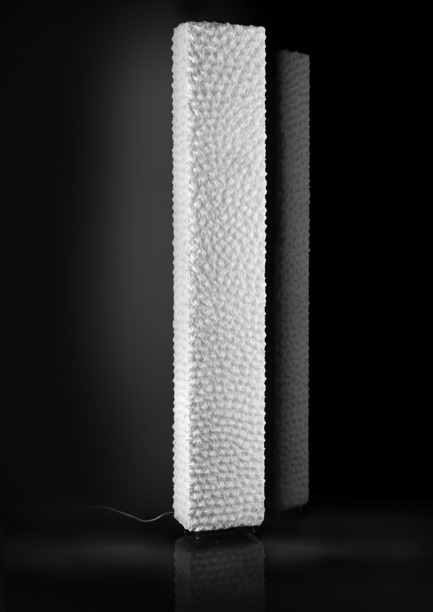
Stephan Bayer
~
11 MB
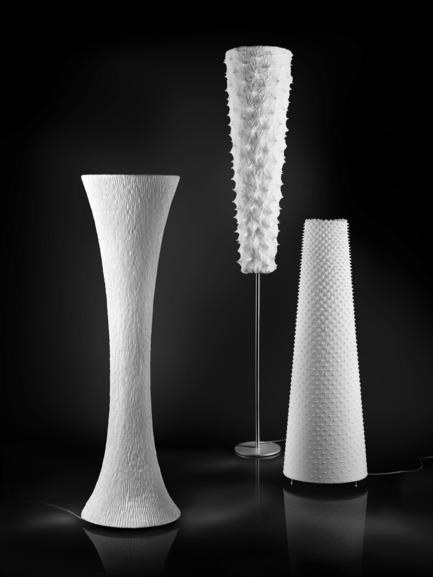
Stephan Bayer
~
8 MB
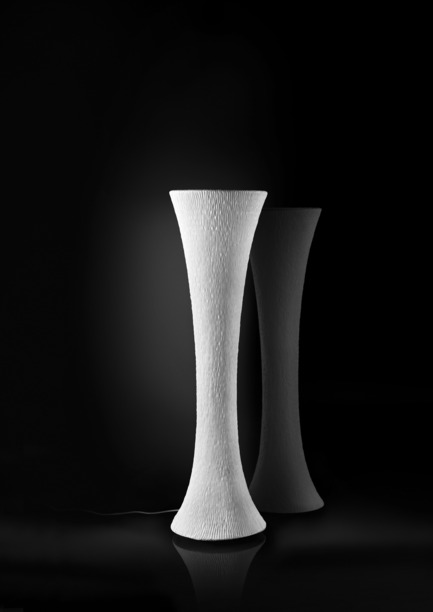
Stephan Bayer
~
8.8 MB
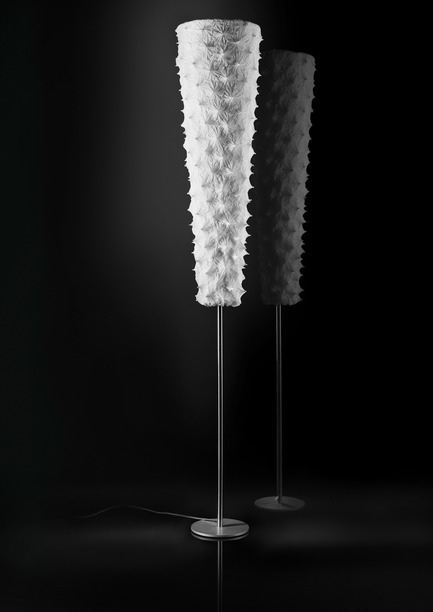
Stephan Bayer
~
11 MB
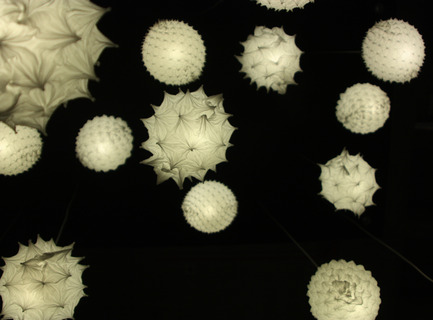
Hiroyuki Murase
~
5.8 MB
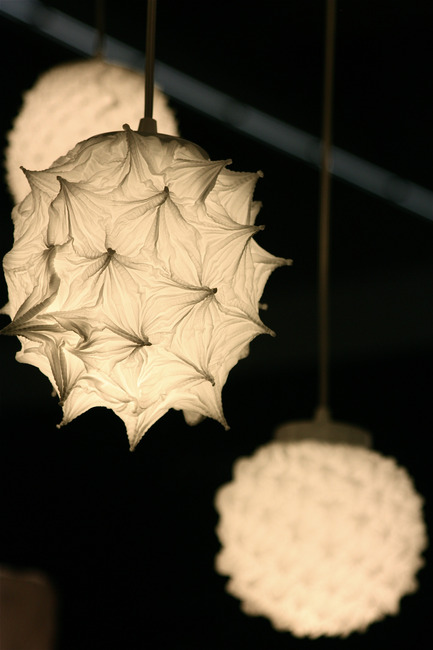
Hiroyuki Murase
~
5.6 MB
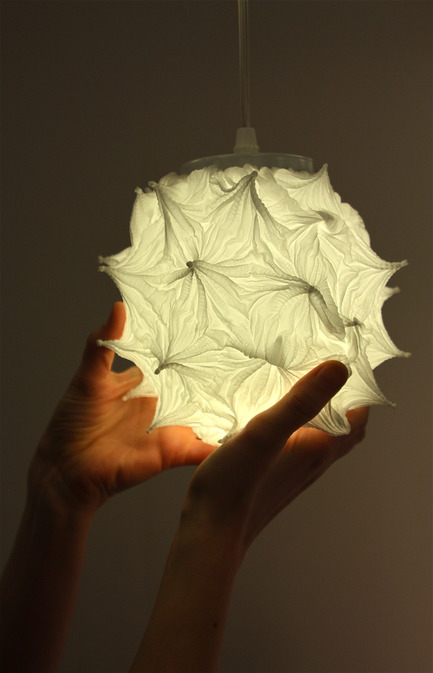
Hiroyuki Murase
~
7.9 MB
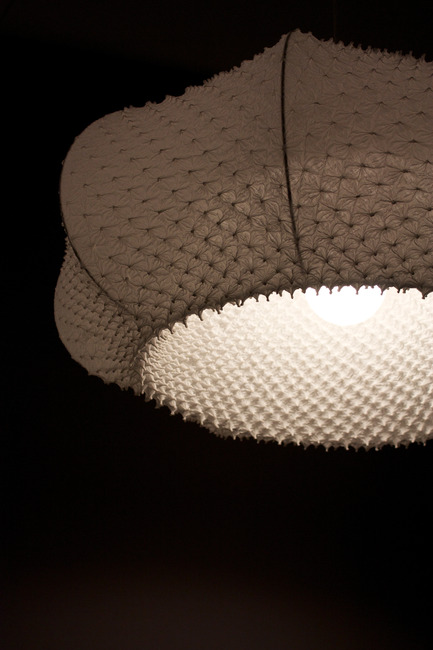
Hiroyuki Murase
~
9.8 MB
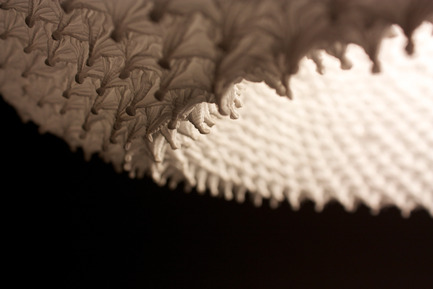
Hiroyuki Murase
~
7.4 MB

Hiroyuki Murase
~
5.9 MB
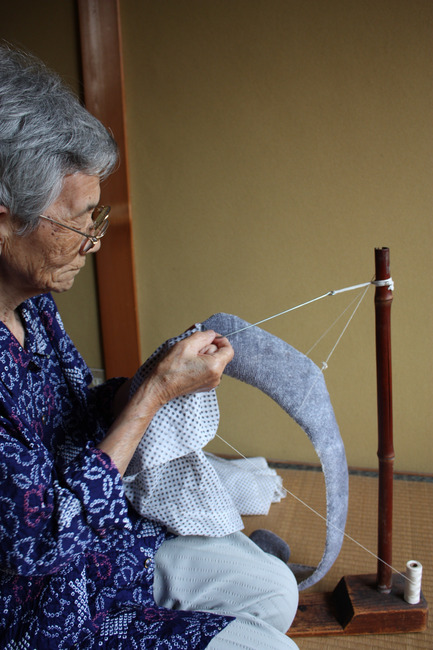
Hiroyuki Murase
~
7.5 MB

Hiroyuki Murase
~
8.5 MB




